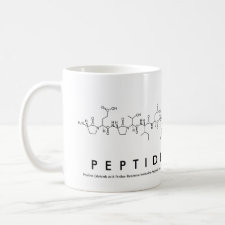
Authors: Gallego-Gallegos M, Liva M, Olivas RM, C�mara C
Article Title: Focused ultrasound and molecularly imprinted polymers: A new approach to organotin analysis in environmental samples.
Publication date: 2006
Journal: Journal of Chromatography A
Volume: 1114
Issue: (1)
Page numbers: 82-88.
DOI: 10.1016/j.chroma.2006.02.040
Alternative URL: http://www.sciencedirect.com/science/article/B6TG8-4JF97JF-1/2/447c0979674e76667f2ce2519444817c
Abstract: There is a high interest in speciation of organotin compounds (OTCs) in biota and marine sediment samples, due to their influence in the transmission of the contamination in the trophic chain. Sample treatment is still the most "compromising" step of speciation analysis. Extraction methods are in general time-consuming due to long extraction times and several analytical steps involved. In addition, in most cases there are problems of low recovery, especially for MBT. These drawbacks, added to the high matrix effects generally present in biota samples, make the sample treatment for organotin analysis a serious challenge for environmental issues. Here we present a novel, fast and efficient two steps method for organotin speciation in mussel and oyster tissue as well as in marine sediments. The first step based on the use of ultrasonic probe extraction for species leaching allowed us to quantitatively extract these compounds in a few minutes. Matrix interferences drastically decreased by applying a clean-up step based on the use of an imprinted polymer especially designed for tributyltin (TBT). This procedure increased accuracy and precision of the GC-FPD analysis and improving the limit of detection, Besides, this new method prevents the use of standard addition calibration method, which is mandatory without the clean-up step. The optimization and validation has been performed by using three reference materials: mussel tissue CRM-477, oyster candidate T-38 and sediment PACS-2
Template and target information: tributyltin, TBT
Author keywords: TBT, environmental samples, Focused ultrasound, Molecularly imprinted polymers, GC-FPD



Join the Society for Molecular Imprinting

New items RSS feed
Sign-up for e-mail updates:
Choose between receiving an occasional newsletter or more frequent e-mail alerts.
Click here to go to the sign-up page.
Is your name elemental or peptidic? Enter your name and find out by clicking either of the buttons below!
Other products you may like:
 MIPdatabase
MIPdatabase









